Environmental and durability testing help easily detect design issues and reduce the risk associated with Insurance, warranty and damage claims. As manufacturers work hard to increase the reliability of their products, durability testing becomes a critical task. When done correctly, it can help you immensely.
Say, for example, if there is a failure in the transportation of goods, it can lead to big problems. Thus, environmental and durability testing helps detect failures during the early stages of manufacturing the product to ensure it is of high quality. Additionally, identifying flaws in product design can improve it and help earn more profits through loyalty of the clientele and satisfaction.
However, some products may become defective only under controlled temperature and weather conditions. With this method, you can easily monitor and identify these conditions and get to the root cause. As a result, you can remedy these flaws and improve the quality of the products your customers receive. In this article, we’ll talk about some things you need to know about environmental and sustainability testing. Check Personalized microwave to have your products tested.
Test standard
Product tests are carried out according to the standards of UL 50, ASTM, Telcordia, MIL, etc. However, companies can also test according to their standards and conditions. The following tests are carried out as part of the environmental and durability test.
Carbon arc test:
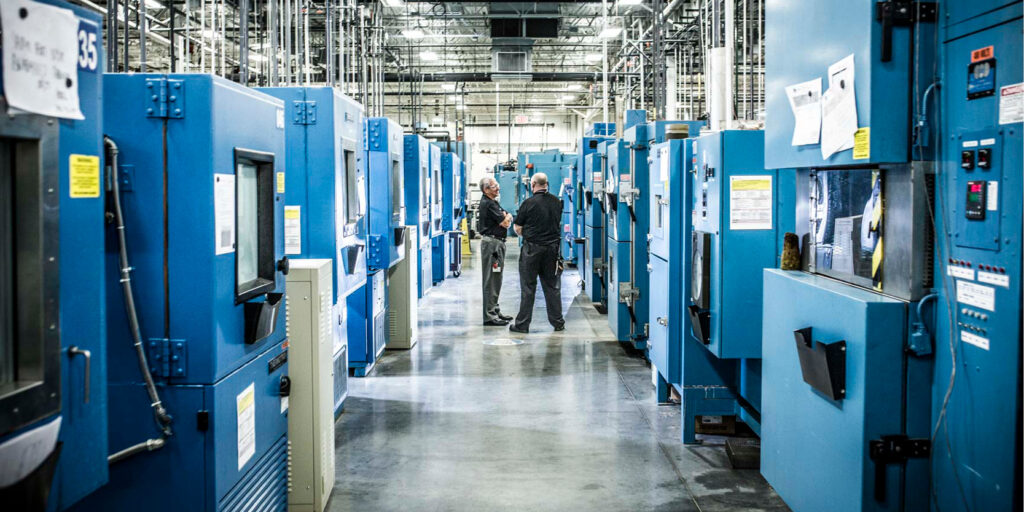
This test is performed in some of the accelerated aging chambers designed to verify the durability of products and calculate their resistance to light. It is a valuable testing method that is used to assess polymer materials“Resistance to humidity and sunlight. The devices used in this method use arc light to stimulate the sun’s rays. The heated carbon rods produce UV rays, visible rays and infrared pathways when current arcs between them. Reputable laboratories generally use SWOM which uses an open flame to verify the integrity of your goods while complying with industry control standards.
Cyclic corrosion test:
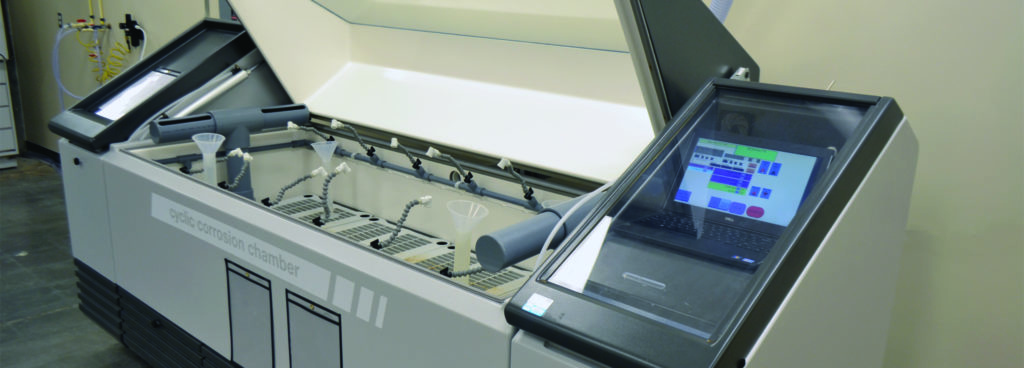
It is a common test that is performed in the automotive industry. This test is carried out in the laboratory and it notes the reaction of various materials used in the automotive industry to weather conditions, temperature changes, obstacles encountered on the road, etc. These test results help manufacturers improve the quality of their products as a result and this produces long lasting and durable automobiles.
Depending on the type of adverse conditions in which manufacturers wish to test their products, CCT is done in several ways. While under certain conditions the material is soaked in water or other corrosive solutions, under other conditions the material is subjected to a “drying” test where it is placed in the external environment and subject to adverse weather conditions. . Under certain other conditions, solutions are sprayed onto the material to check its integrity. CCT is somewhat complicated and difficult to perform; however, this is a fairly effective test.
Salt spray test
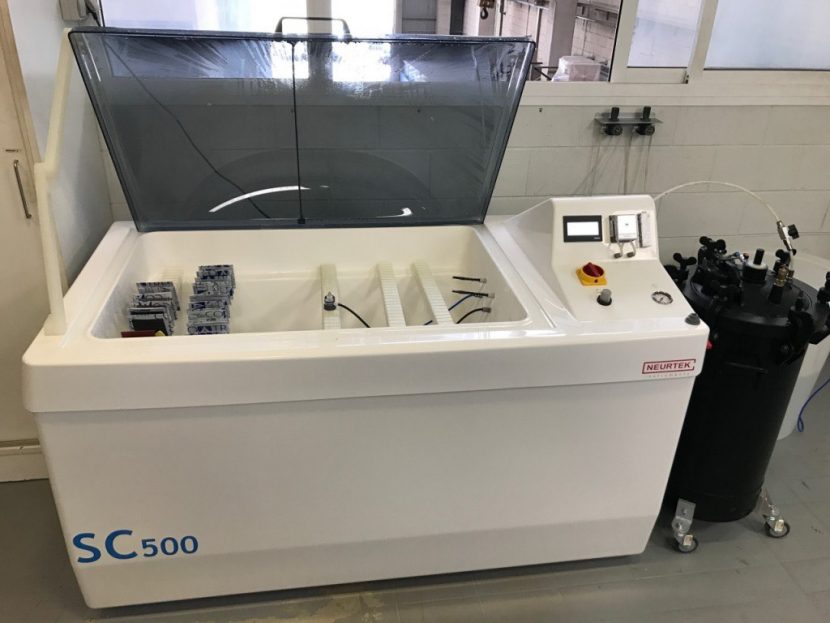
The entire product depends on the durability of the bindings, regardless of the type of weather conditions in which they are placed. It is therefore important to check their durability using this test.
In this test, the material is placed in a corrosive saline environment to verify whether the surface coatings can withstand such harsh environmental conditions. This test is also called the salt spray test and dates back a hundred years. At the time, it was used in the HVAC-R coatings industry, so it is a must test when selecting HVAC-R coatings. This test also approximates the expected strength and actual resistance of a material to harsh weather conditions.
This test is usually performed in closed rooms. In this, a salt water solution is sprayed onto the sample using a nozzle. This solution mimics a corrosive atmosphere. After some time, which depends on the resistance of the material to corrosion, oxides begin to appear on the surface of the material. This period is then noted and manufacturers make changes to their products using this data. The higher the resistance of a material, the longer it will take for oxides to form on the surface. The period can vary between a day and a thousand hours or sometimes even more.
Temperature / Humidity – Programmable chamber exposures
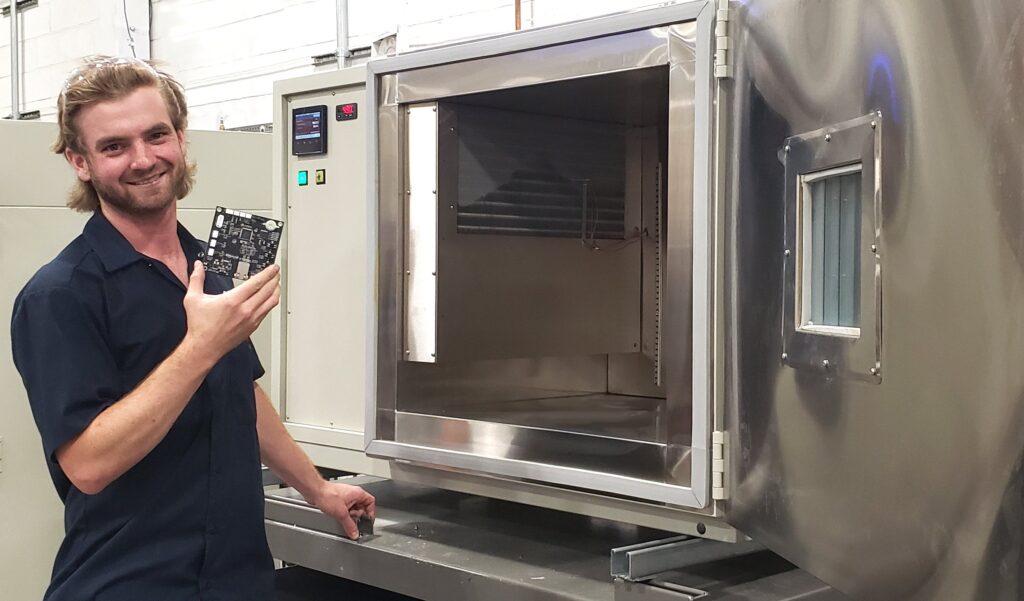
This is the latest technology developed to check the performance of goods under actual adverse weather conditions and verify their tolerance level for harsh conditions. This test is performed in rooms with a temperature between minus forty degrees Celsius and one hundred and fifty degrees Celsius. They are used to generate atmospheric conditions and test the effect of these conditions on various samples. Industries such as semiconductors, cars, cement, food, etc. use this test to verify the operation of their samples in adverse weather conditions. It is a must test before companies can launch their end products on the market.
This test provides a rapid assessment of product performance and helps improve product quality. It complies with different standards and regulations to ensure that the test provides accurate results. Products such as electronic gadgets, batteries, plastics, etc. are tested using this method
Thermal aging / thermal cycling / thermal shock
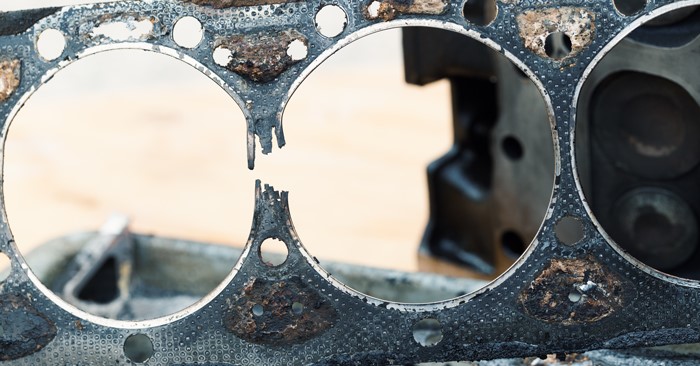
Thermal shock tests are typically used to determine whether a specific material can withstand sudden changes in temperature and their reaction. The thermal shock tested material must not suffer any physical damage or decrease in performance.
Vibration (single and multi-axis; sinusoidal, random, shock)
Vibration tests are used to determine how a particular product or device responds to vibration. These tests are carried out to obtain the reliability of the products using vibratory influences. Durability is the factor that is verified using the vibration test method. For example, all possible environments in which a car is exposed are reproduced during vibration tests.
Last word
We hope you are now aware of the importance of environmental and sustainability testing and the different types of testing involved.
